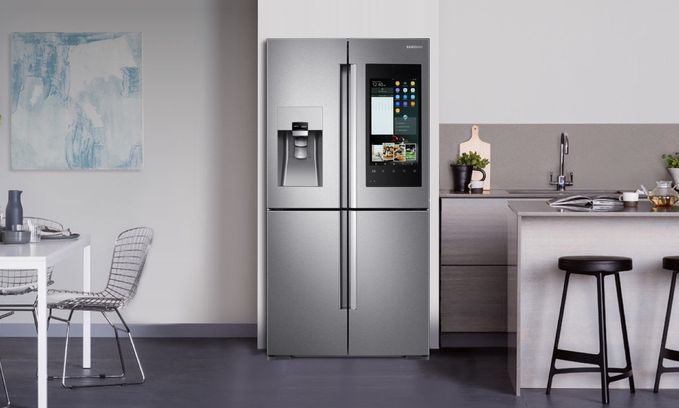Of course, freezer is one of the most popular household appliance. Today, companies offer a wide range of different refrigeration equipment, that sometimes complicates the choice of the optimal model. Specifications greatly simplify this task.
List of main specs includes:
– chamber volume (cu. ft.);
– controls;
– freezing capacity;
This value equals the amount of foods in kilograms that the freezer is able to completely freeze from room temperature to -18 degrees for the entire depth within 24 hours.
– chamber class;
– climate class;
– defrost method;
– noise level.
Chamber volume
This value is one of the main parameters. Manufacturers offer models of different shapes, size and volume. The useful internal volume of refrigerating chambers is from 3 to 25 cu. ft. or from 85 to 700 liters. The volume from 3 to 10 cu. ft. is ideal for household models. A common calculation algorithm of the required volume assumes 1,75 cu. ft. for 1 person. Therefore, the freezer with a volume of 3-5 cu. ft. is sufficient for a small family, a model with a capacity of 5-7 cu. ft. is well suited for a family of 4 people. The volume from 7 and above cu. ft. is designed for trade and commercial freezers.
Usually, the chamber volume of chest freezers is higher compared to upright freezers.
The noise level of modern freezers is quite low and is about 40 dB.
Freezing capacity
This value characterizes the possibility of freezing food on the full depth from room temperature to -18 degrees and is measured in kilograms per day. Power is approximately 1 kg / 24 hours on every 0,35 cu. ft. of the useful volume of freezing chamber. It reaches 40 kg / 24 hours in larger models.
The label of any freezer contains this value.
Freezer and climate classes
The class of freezer characterizes the quality freezing food with the preservation of their useful properties. This indicator is denoted by a special symbol – the snowflake (*). Freezers of different types have the following classes and duration of storage for various foods:
– * (6 degree below zero) – 1 week;
– ** (12 degree below zero) – 1 month;
– *** (18 degree below zero) – up to 3 months;
– **** (24 degree below zero) – from 6 months to 1 year.
Climate class characterizes humidity and permissible ambient temperature for a particular model. This parameter is subdivided into four classes:
– normal (N), the air temperature from +17 to +32 degrees;
– temperate (SN), the air temperature from +10 to +32 degrees;
– sub-tropical (ST), the air temperature from +18 to +38 degrees;
– tropical (T), the air temperature from +18 to +42 degrees.
In recent years, the popularity of models with a double climatic class is increasing. They are designed to work in a wider range of temperatures:
– N-ST – the air temperature from +16 to +38 degrees;
– N-T – the air temperature from +16 to +43 degrees;
– SN-ST – the air temperature from +10 to +38 degrees;
– SN-T – the air temperature from +10 to +43 degrees.
This value is necessarily contained in the model label.
Defrosting method
Care includes the periodic defrosting. Freezers have a manual defrost or No Frost.
Manual defrost is carried out once a year and includes defrosting a chamber, cleaning from hoarfrost and snow, washing and drying.
No Frost technology prevents frost build-up on the inner walls, eliminating the need for periodic manually defrosting. It uses air circulation with the help of fan.
Fan automatically starts once in 2-3 hours. The food is frozen with chilled recirculating air, and any humidity is expelled. As a result, the freezer is always free of ice. The heating element provides efficient condensation and evaporation of excess moisture. Video perfectly illustrates the operation principle of this technology.
